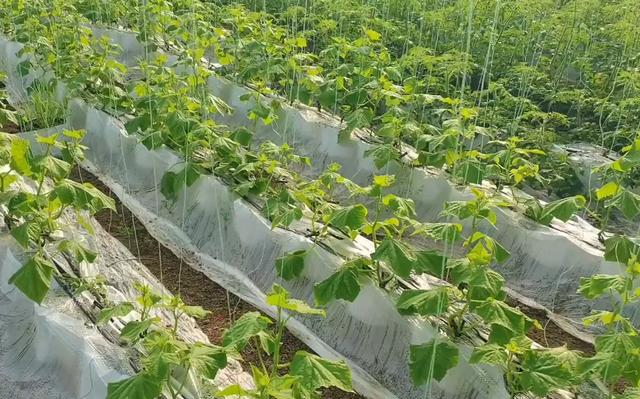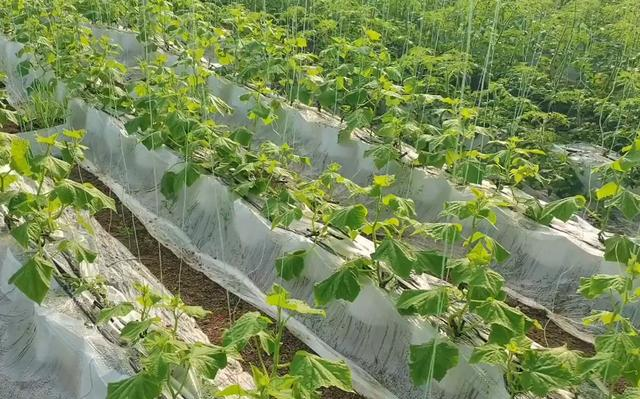Compared with the soil, vegetables are planted directly in the growth bags, which is convenient and affordable, and it is worth a try in gardening
Why do vegetables grow in bags and not directly in the soil? Many farmers see tomatoes, cucumbers, strawberries directly planted in a bag, feel puzzled. This particular method of planting, we used three or four years, the results are good. You'll see what a planting bag does.

- Growing fruits and vegetables requires a lot of soil. Many greenhouses have problems with poor soil conditions, such as replanting, hardening and salinization. Every time when replanting, the soil has to be disinfected, which makes it more and more difficult to grow vegetables. If you change to a greenhouse planting, the cost is relatively high. Using the method of planting bags, without the original soil, old greenhouses can continue to use.
When planting seedlings in bags, using culture medium instead of soil has more selectivity. Earthworm dung can be used to directly plant seedlings, can also be used to ferment good cow dung, bacterial rods. The planting bag and the substrate can be planted in succession. No soil planting, no need to worry about problems such as replanting, the next crop of planting, no more soil disinfection, plowing. This is one of the advantages of growing bags, vegetable production is no longer limited by the soil.
- Vegetables are grown in bags. Some farmers worry about watering and fertilizing them. When the soil is planted, the irrigated area is bigger, the ridge has the water to flow out, the water and fertilizer waste are more. And when the planting bag is planted, the seedling is planted in the bag, a bag is planted two trees, and then covered with drip irrigation tape. After watering and fertilizing, it will be stored in the substrate around the root system, reducing the waste of water and fertilizer and increasing the fertilizer utilization rate.
Bags to use soilless cultivation planting bags, suitable for vegetable cultivation, watering fertilizer is also relatively simple. There are drainage holes at the bottom of the bag, excess water and fertilizer will be discharged from the bottom, salt will not accumulate around the root system, resulting in oxygen rot. And reduce the loss of water and fertilizer, to prevent excessive humidity in winter greenhouses, control the occurrence of disease.
- When the soil is planted, the vegetables in the greenhouses are a whole. When a few vegetables have root diseases, the bacteria can spread to other plants through watering or agricultural operations. Although after pulling out, the soil also has the germs, but also carries on the disinfection, the prevention and control is quite troublesome.
The vegetables are planted in a bag and belong to separate parts that do not interfere with each other. Although there are one or two bags of disease, you can simply remove one bag to prevent infection of other normal plants. Therefore, vegetables planted in the bag, can reduce the occurrence of large areas of disease.
The use of planting bags have the advantages of the above 3 aspects, just to solve the problems arising when planting soil. The vegetables are grown directly in bags. This is a simple, low-cost soilless cultivation model. For farmers, it is very easy to learn and quick to start. It is worth a try.


